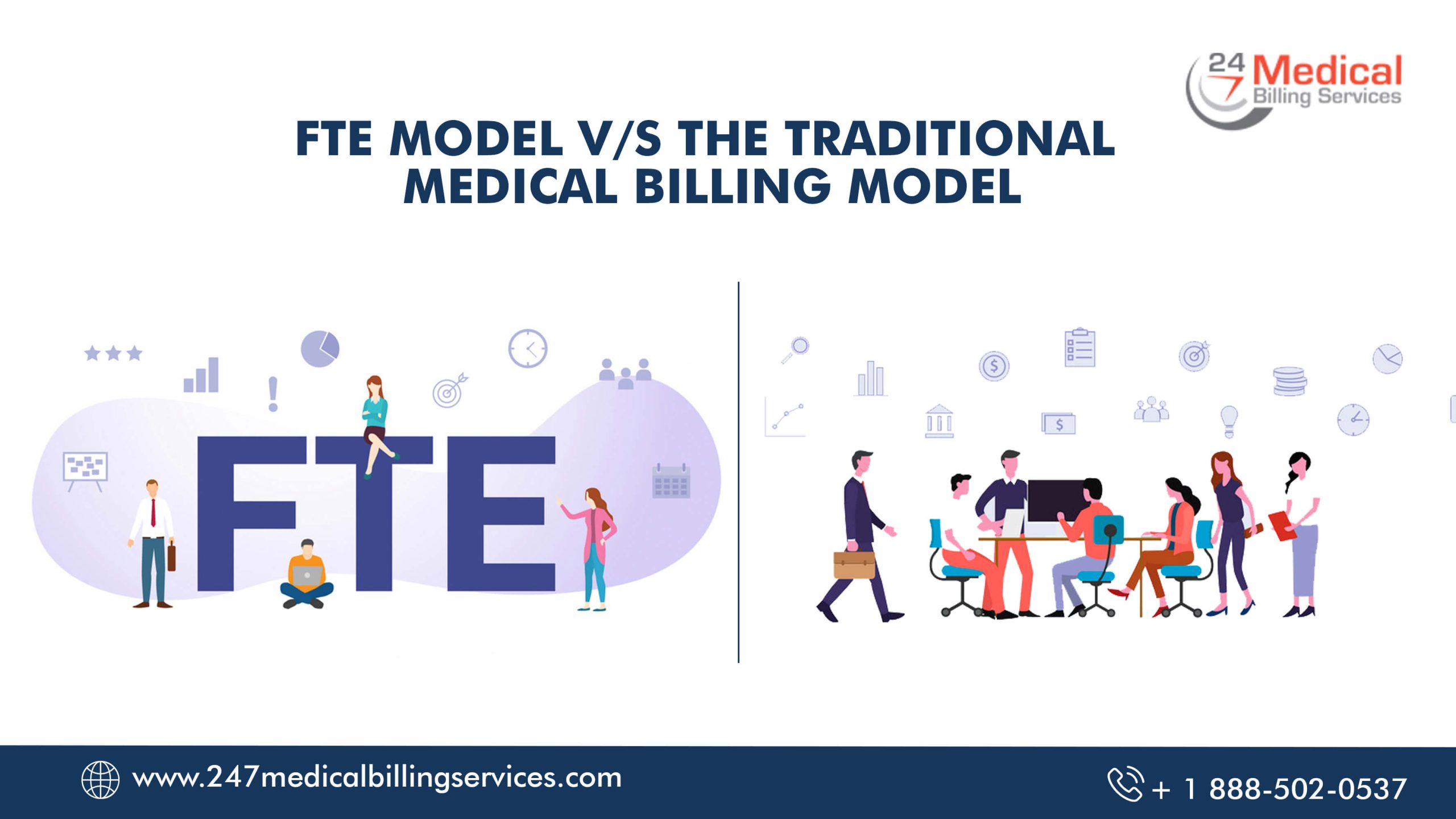
FTE Model v/s The Traditional Medical Billing Model
Undoubtedly, every medical practice requires medical billing and coding. Of course, there will be a cost associated with the medical billing process. You can either hire full-time staff to handle billing in-house. On the other hand, you can outsource a medical billing company to manage your whole revenue cycle management (RCM) for a fee. Practice's must decide which option makes the most sense, both practically and financially. Though you need enough personnel to complete the billing and coding task on time, you must also keep within your budget—without overbooking your staff members. Let’s discuss FTE Model v/s The Traditional Medical Billing Model which one proves to be more appropriate for your healthcare practice:
Are you thinking about outsourcing your medical billing and coding? Which pricing plan is best for your practice?
You have two possibilities for charging pricing from your outsource medical billing and coding company, i.e., either stick to your traditional model or switch to the new FTE (Full-Time Equivalent) model.
Traditional Pricing Models:
- Flat Fee Model
- Percentage Model
Biggest Challenge - Hidden Charges Involved!
Did you know that there are possibilities of hidden charges involved while using traditional medical billing and coding pricing models? That’s why it is always important to be aware of any "hidden fees" charged that are additional or out of the ordinary for medical billing services provided. Such fees can be in the form of monthly minimums, clearinghouse fees, or similar. This is critical in order to prevent incurring extra charges and spending too much on your medical billing service. In fact, the best viable solution is to go in for the modern pricing model, i.e., FTE (Full-Time Equivalent) model.Modern Pricing Model:
- FTE (Full-Time Equivalent) Model
Benefits of Using the Model!
The FTE model allows for greater flexibility and precision and has three significant advantages:- When priorities vary, you can adjust resources as needed without taking a full-time in-house employee away from larger responsibilities.
- FTE also provides insight into the consequences of responding to shifting priorities. For example, if the number of FTEs does not match the number of hours of billers and coders required each week, you may need to outsource someone new.
- The FTE model allows you to use your money most by assigning resources to the required tasks and only for the time necessary to complete the activity.
Wrapping Up- FTE Model v/s The Traditional Medical Billing Model!
Many healthcare providers are turning to third-party providers for professional medical billing and coding services to optimize reimbursements and maximize collections. When it comes to pricing, practices should analyze the range of alternatives when each possibility is considered.As the healthcare industry becomes more competitive, medical practices are turning to cost-effective solutions to maximize profits. There are numerous things to consider when analyzing any medical billing service agreement, the most important of which is the service cost. The best possible solution is to opt for a modern pricing model, i.e., FTE (Full-Time Equivalent) model. You can also contact the 24/7 Medical Billing Services experts to know more about this pricing model.
See also: The Importance Of Accurate Hospital A/R Collections For Financial Health

.png)